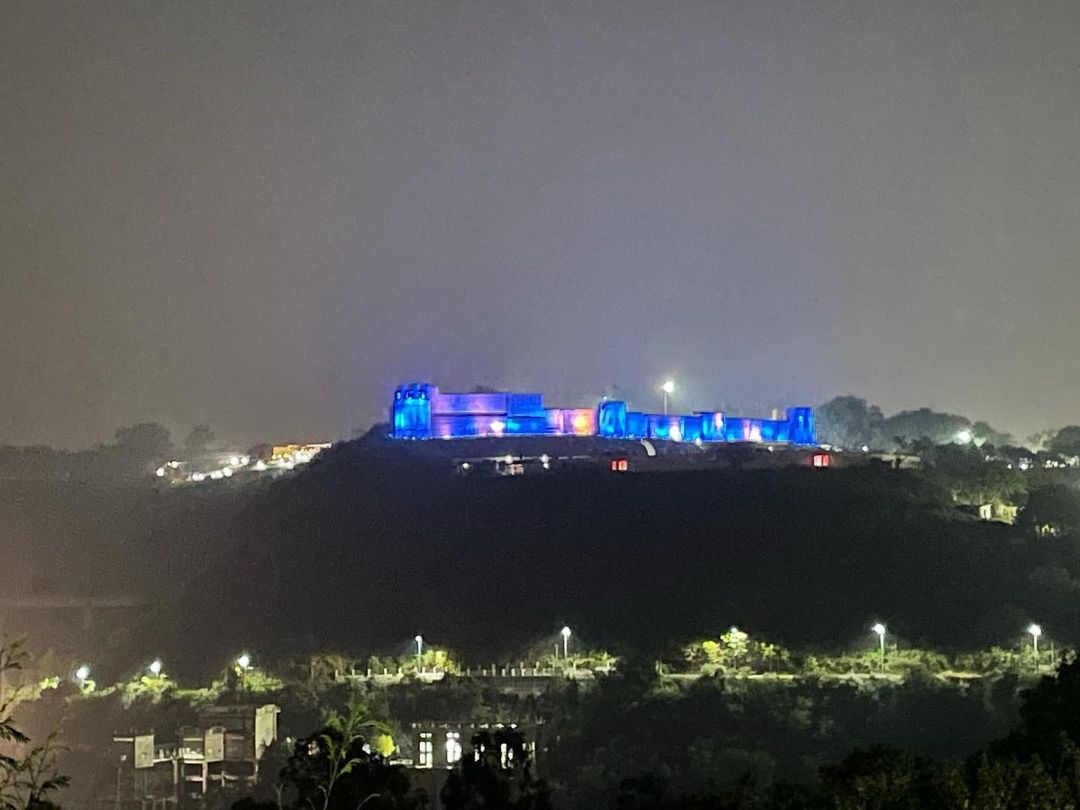16th November, 2021
It is believed that the city was originally founded by Raja Jamboo Lochan who lived in fourteenth century B.C. The Raja had gone out one day for hunting when he happened to witness a tiger and a goat drinking water from one and the same pond. This extraordinary phenomenon set him thinking and he decided to build a city at this site so that the strong and weak could live together in peace and mutual tolerance. Eventually, he founded the city which came to be known as “Jamboo” after his own name. With the passage of time and due to its frequent use the pronunciation of the name got slightly distorted and the city, came to be known as ‘Jammu’ as it is called now.
History
The winter capital of Jammu & Kashmir is bluffed on the Shivalik Range, overlooking the northern plains. Jammu district derives its name from the city of Jammu which besides being the winter capital of the state, is known as the city of temples. It is believed that the city was originally founded by Raja Jamboo Lochan who lived in fourteenth century B.C. The Raja had gone out one day for hunting when he happened to witness a tiger and a goat drinking water from one and the same pond. This extraordinary phenomenon set him thinking and he decided to build a city at this site so that the strong and weak could live together in peace and mutual tolerance. Eventually, he founded the city which came to be known as “Jamboo” after his own name. With the passage of time and due to its frequent use the pronunciation of the name got slightly distorted and the city, came to be known as ‘Jammu’ as it is called now.
Jammu is situated on a hillock, on the bank of river Tawi and is bound by Udhampur district in the north and northeast , Kathua district in the east and southeast, Pakistan (Sialkote) in west and Rajauri district and POK (Bhimber) in the northwest. Its skyline was once dotted with glittering spires of temples. These spikes are no longer visible as most of these are hidden behind multi storyed buildings. The city has numerous shrines for Muslims, Sikhs & Christians also. Jammu also serves as base camp for the holy shrine of Vaishno Devi. Jammu is also the Railhead of the state.
Jammu is winter capital of the Indian union territory of Jammu and Kashmir. It is the headquarters and the largest city in Jammu district of the union territory. Lying on the banks of the river Tawi, the city of Jammu, is surrounded by the Himalayas in the north and the northern-plains in the south. Jammu is the second most populous city of the union territory.
Known as the City of Temples for its ancient temples and Hindu shrines, Jammu is the most visited place in the union territory.
According to local tradition, Jammu is named after its founder, Raja Jambulochan, who is believed to have ruled the area in the 9th century.
Places to see in Jammu:
Bahu Fort
Located in the city of Jammu, the Bahu Fort is said to have been built by Raja Bhau lochan on the banks of River Tawi. The fortress houses a temple of goddess Kali amid terrace gardens. The temple attracts pilgrims on weekends, and tourists visit the fort to look at the history of the Dogra kings who resided in the fort years after it was built. The temple is one that pilgrims visit after the Vaishno Devi temple, which is already a very popular pilgrimage centre of India.
Raghunath Temple
The premises of the Raghunath Temple include seven different shrines, and it is the largest temple premise of Northern India. Built by Maharaja Gulab Singh, the temple is influenced by Mughal architecture. There are paintings in the complex based on the Ramayana, Mahabharata and the Gita. This temple was also part of the news when attacks happened by suicide bombers. Raghunath Temple is situated in the area known as Sui, with three doors of entry. Various Hindu gods and goddesses reside in the temple, and it is a sought after tourist destination of Jammu.
Peer Kho Cave
Another temple in the vicinity of Jammu is the Peer Kho Cave, which is a pilgrimage centre hosting a number of festivals throughout the year; those being, Shivratri, Raksha Bandhan, Shravan Poornima etc. The temple belonging to Lord Shiva is also a cave going by another name of Jamvant. The cave is adorned with Mughal and Dogra paintings and artistry that bring a very interesting addition to the shrine.
• Vaishno Devi temple
One of the most famous pilgrimage centres, the Vaishno Devi temple is visited by nearly 10 million devotees every year. The shrine is dedicated to goddess Mahalakshmi, who attracts a large number of pilgrims who come to pray and pay their respects to the goddess. It is popular throughout the world among Hindu pilgrims due to the belief that their wishes are fulfilled. The trek lasts for 12kms, and devotees walk up to the shrine to pray.
Gulmarg
The meadow of flowers, which is fondly known as Gulmarg is a famous ski destination in Jammu. Close to the Line of Control between India and Pakistan, this popular spot is located within the Himalayas. This ski spot attracts a number of tourists during the winter, and the beautiful mountains surrounding this area are a sought after site of the Jammu and Kashmir state.
Chadar Trek
Situated in the region of Ladakh, the Chadar Trek is a favorite site for trekkers. Also known as the Zanskar Gorge, this trek spans the frozen Zanskar River, famous as the most breathtaking and exploratory trek in India. This trek has appealed to tourists from all over the world, who visit during the time from January to February, which is the best time for trekking this area. The compelling trek is an extensive route of adventure that trekkers enjoy.
Patnitop
The striking hill station known as Patnitop is located about 112kms from the city of Jammu, close to the Chenab River. This hilltop is a destination for trekking and skiing, one that lures tourists in a large number throughout the year. Picnics and trips are taken by visitors on this plateau, and it’s a pleasant location to spend time in. Pony rides and trails of extensive and peaceful walks are an appealing factor.
Poonch
Poonch is a small town in the Jammu and Kashmir district, alongside those of Rajouri and Abhisara. The mountain range known as Pir Panjal is a famous attraction of Poonch. The place has a cool and tranquil climate even during the summers, but it gets quite cold in the winter. There is extensive history behind this town, and it is a factor that attracts tourists from all over the world.
Reasi
Being in the town of Reasi, this fort is also famous as the Reasi fort among locals. The gates are adorned with ancient Rajasthani artistry that add to its charm and popularity, even after having been renovated quite a few times, aside from the fact that it has been struck by earthquakes. The ruins of the Bhimgarh fort are still a sought after location for tourists, since it is surrounded by beautiful mountains, dense forests and it also offers a great view.
Manser Lake
62kms away from Jammu, Mansar Lake is surrounded by thick, lush forests atop hills that give it a distinct splendor. The trek that tourists take to and from this lake is a very interesting and adventurous one. There are a couple of temples situated in the area of the lake, and devotees perform one or two rituals at this spot, since the lake is considered holy. It also holds mythological importance due to its mention in the Mahabharata.
Jammu being part of the Jammu and Kashmir state is the manifestation of paradise on earth. Tourism is the industry that Jammu has adapted over time, due to the scenic beauty and wonderful atmosphere of the region. This tourist location is a much sought after one throughout the world.











